Interesting Facts about Planet Pluto
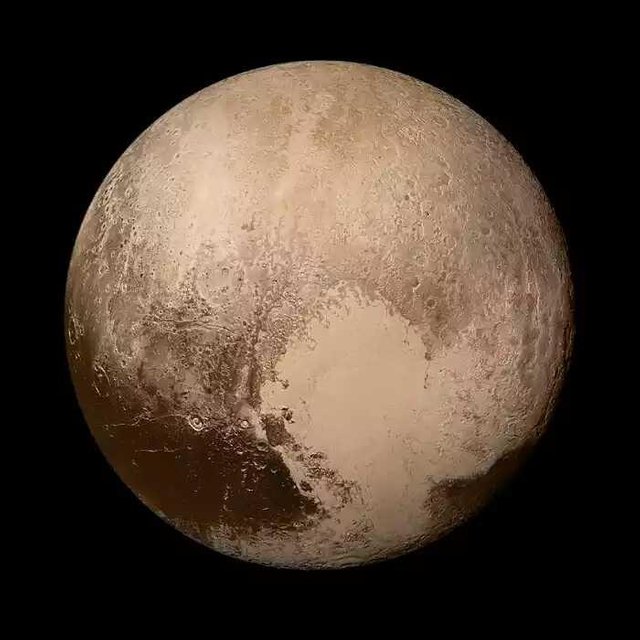
Pluto is a dwarf planet in the Solar System. Its formal name is 134340 Pluto. The dwarf planet is the ninth-largest body that moves around the Sun. At first, Pluto was called a planet. Now, it is the largest body in the Kuiper belt.
Pluto is the second closest dwarf planet to the Sun and from 1930 when it was discovered up until 2006, it was also considered the ninth planet of the solar system. It is also the second largest dwarf planet, with Eris being the most massive known dwarf planet.
On July 14, 2015, The New Horizons mission did a Pluto flyby to capture the first high resolution photographs of the planet and gather incredible data on Pluto and its worlds.
An 11-year-old girl gave Pluto its name
When Venetia Burney's grandfather told her the news of the newly discovered planet, she proposed the name Pluto, after the Roman god of the Underworld. It seemed fitting, for after all, Pluto the planet, like the God, sat at the far reaches of the solar system. Her grandfather was taken by the name and suggested it to a friend–conveniently an astronomy professor at Oxford University. Astronomers were particularly keen on Pluto because the first two letters of the word are Percival Lowell's initials.
Atmosphere of Pluto
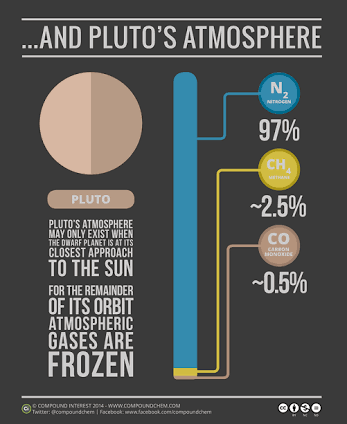
The atmosphere of Pluto is the tenuous layer of gases surrounding Pluto. It consists mainly of nitrogen (N2), with minor amounts of methane (CH4) and carbon monoxide (CO), all of which are vaporized from their ices on Pluto's surface.It contains layered haze, probably consisting of heavier compounds which form from these gases due to high-energy radiation.The atmosphere of Pluto is notable for its strong and not completely clear seasonal changes caused by peculiarities of the orbital and axial rotation of Pluto.
Surface pressure of the atmosphere of Pluto, measured by New Horizons in 2015, is about 1 Pa (10 μbar), roughly 100,000 times less than Earth's atmospheric pressure. Temperature on the surface is 40 to 60 K (−230 to −210 °C),but it quickly grows with altitude due to methane-generated greenhouse effect. Near the altitude 30 km it reaches 110 K (−163 °C), and then slowly decreases.
Pluto is the only trans-Neptunian object with a known atmosphere. Its closest analog is the atmosphere of Triton, although in some aspects it resembles even the atmosphere of Mars.
The atmosphere of Pluto has been studied since the 1980s by way of earth-based observation of occultations of stars by Pluto and spectroscopy. In 2015, it was studied from a close distance by the spacecraft New Horizons.
Facts About Pluto
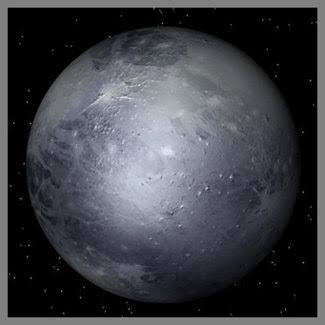
1.Pluto is named after the Greek god of the underworld.
This is a later name for the more well known Hades and was proposed by Venetia Burney an eleven year old schoolgirl from Oxford, England.
2.Pluto was reclassified from a planet to a dwarf planet in 2006.
This is when the IAU formalised the definition of a planet as “A planet is a celestial body that (a) is in orbit around the Sun, (b) has sufficient mass for its self-gravity to overcome rigid body forces so that it assumes a hydrostatic equilibrium (nearly round) shape, and (c) has cleared the neighbourhood around its orbit.”
3.Pluto was discovered on February 18th, 1930 by the Lowell Observatory.
For the 76 years between Pluto being discovered and the time it was reclassified as a dwarf planet it completed under a third of its orbit around the Sun.
4.Pluto has five known moons.
The moons are Charon (discovered in 1978,), Hydra and Nix (both discovered in 2005), Kerberos originally P4 (discovered 2011) and Styx originally P5 (discovered 2012) official designations S/2011 (134340) 1 and S/2012 (134340) 1.
5.Pluto is the largest dwarf planet.
At one point it was thought this could be Eris. Currently the most accurate measurements give Eris an average diameter of 2,326km with a margin of error of 12km, while Pluto’s diameter is 2,372km with a 2km margin of error.
6.Pluto is one third water.
This is in the form of water ice which is more than 3 times as much water as in all the Earth’s oceans, the remaining two thirds are rock. Pluto’s surface is covered with ices, and has several mountain ranges, light and dark regions, and a scattering of craters.
7.Pluto is smaller than a number of moons.
These are Ganymede, Titan, Callisto, Io, Europa, Triton, and the Earth’s moon. Pluto has 66% of the diameter of the Earth’s moon and 18% of its mass. While it is now confirmed that Pluto is the largest dwarf planet for around 10 years it was thought that this was Eris.
8.Pluto has a eccentric and inclined orbit.
This takes it between 4.4 and 7.3 billion km from the Sun meaning Pluto is periodically closer to the Sun than Neptune.
9.Pluto has been visited by one spacecraft.
The New Horizons spacecraft, which was launched in 2006, flew by Pluto on the 14th of July 2015 and took a series of images and other measurements. New Horizons is now on its way to the Kuiper Belt to explore even more distant objects.
10.Pluto’s location was predicted by Percival Lowell in 1915.
The prediction came from deviations he initially observed in 1905 in the orbits of Uranus and Neptune.
11.Pluto sometimes has an atmosphere.
When Pluto elliptical orbit takes it closer to the Sun, its surface ice thaws and forms a thin atmosphere primarily of nitrogen which slowly escapes the planet. It also has a methane haze that overs about 161 kilometres above the surface. The methane is dissociated by sunlight into hydrocarbons that fall to the surface and coat the ice with a dark covering. When Pluto travels away from the Sun the atmosphere then freezes back to its solid state.
Similar Facts
Pluto’s Fifth Moon
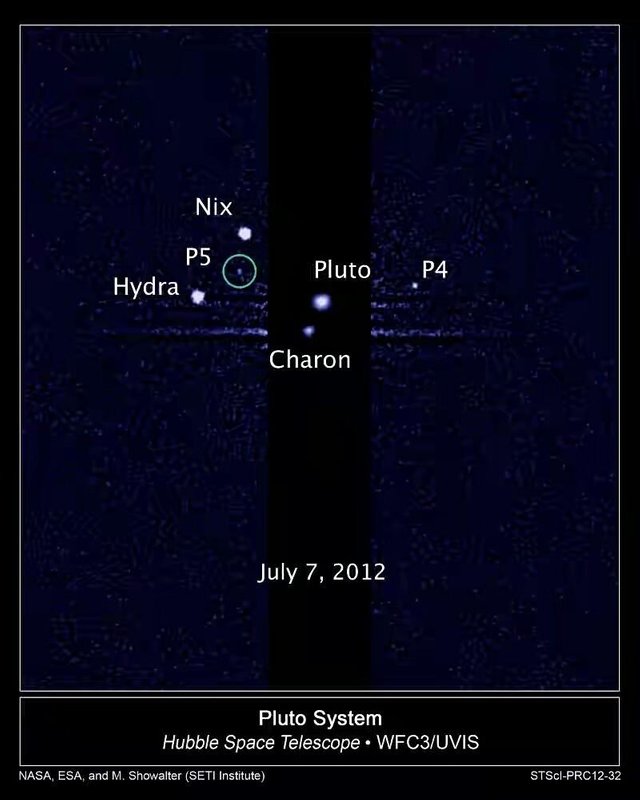
The Hubble Telescope has discovered a fifth moon in orbit around Pluto. This adds to its current satellites Charon, Nix, Hydra and the unnamed P4 (discovered 20th of July 2011). The newest discovery, currently referred to as P5, is estimated to be an irregular shape about 10 to 24 km across making it the smallest of the moons. P5 is estimated to be orbiting at an average of 46,800 km from Pluto.
Eris Facts
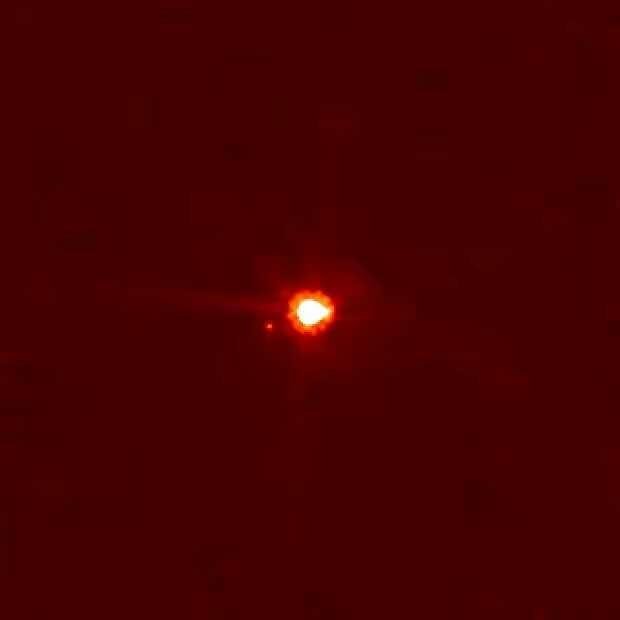
Eris is the most distant dwarf planet from the Sun and has the greatest mass. Eris is the second largest dwarf planet (very a close second to Pluto) and at one point was considered for the position of the 10th planet. Eris’ discovery promoted discussion that eventually lead to the classification of ‘Dwarf Planets’.
Charon Moon Facts
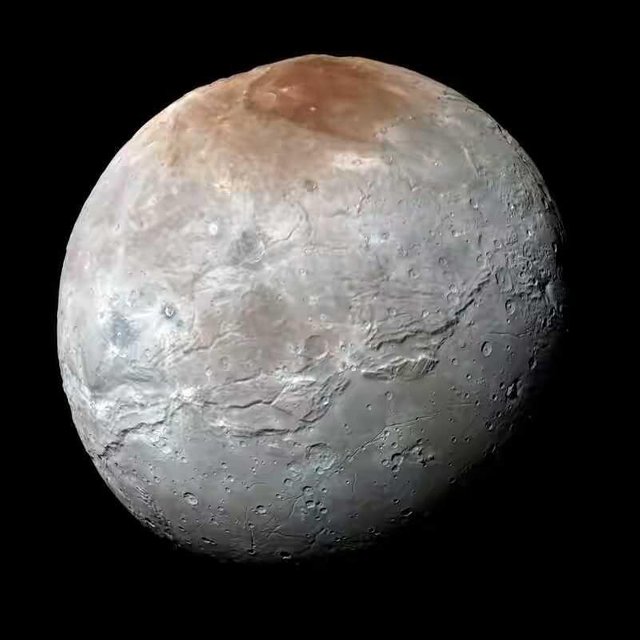
Charon is the largest and innermost moon of Pluto. It was discovered in 1978 by astronomer James Christy and is nearly 1/8 the mass of Pluto. It orbits a common centre of gravity with Pluto, and the two worlds are tidally locked together as they orbit.
some line copied from space-facts.com
Thank You @sujoy1995
Hi @sujoy1995,
Your article seems to be copy pasted from several sources.
Believe me, copy pasting is not acceptable on Steemit. If you aim for a better reward for your post, please try to write something on your own, possibly giving links where more information could be found! Thanks in advance for your consideration and understanding! :)
Tnx
!cheetah ban
wondarfull.